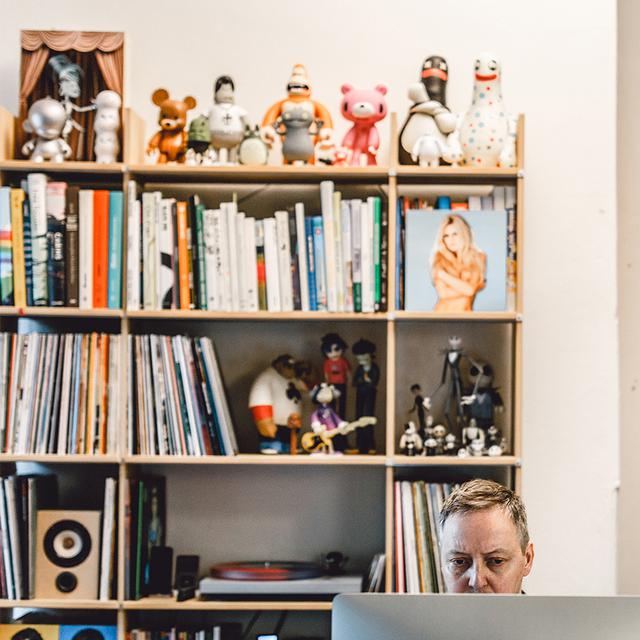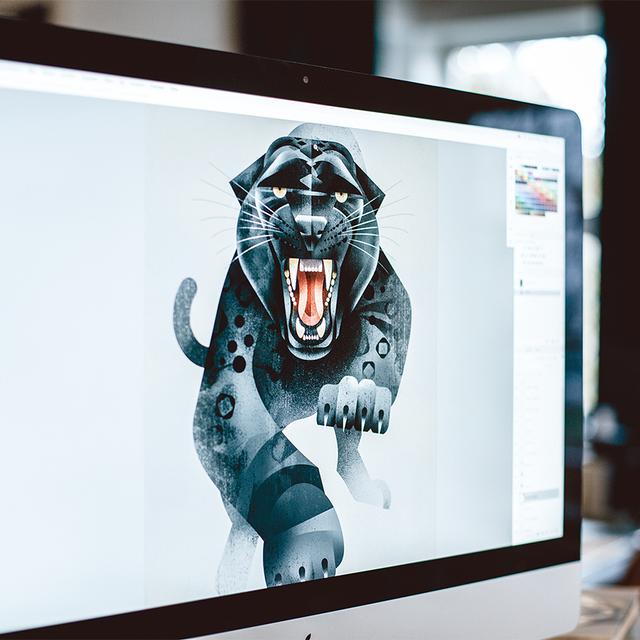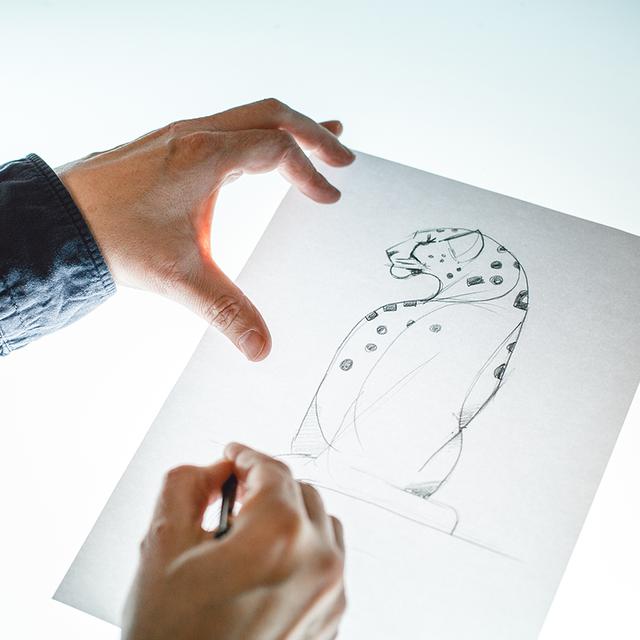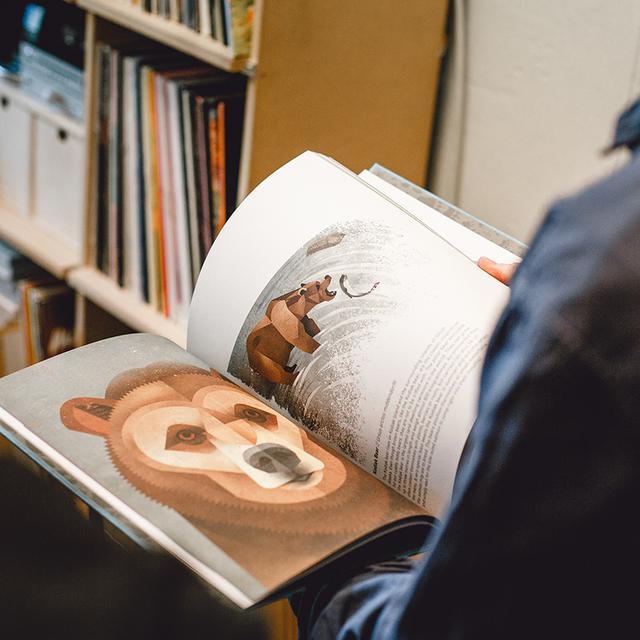The Hamburg-based artist Dieter Braun has been fascinated by Africa and its wildlife ever since he was a child. Through extensive travels later in life, he has had the chance to see lions and other wild beasts up close, capturing his experience in bright and colourful vector drawings. We met the New York Times illustrator and children’s’ book author to learn more about his creative process, the animal he would most like to be, and where his works should be exhibited.
.jpg)
You call Hamburg your home. Why did you choose this city and what inspires you most about it?
Due to the large number of agencies and publishing houses, Hamburg was initially the perfect location to gain a foothold as an illustrator after graduation. But the city very quickly became a real home to me. I like the people, that there’s lots of water, and the flat landscapes that surround it—it reminds me of the Lower Rhine region, where I come from. And there’s no other city in the world in which I can withstand bad weather as well as in Hamburg.

Besides Hamburg, you’re regularly drawn to Africa and Australia, putting their native animals on canvas. Where does this fascination with the animal kingdom come from?
Travelling has always been really important to me. I’m very happy to have crossed so many dream destinations off my list. Even as a child, I was fascinated by Africa. Animal documentaries on television by Heinz Sielmann and Bernhard Grzimek, and especially the adventure film “Hatari” were particular sources of inspiration to me back then.
Since those formative years, I have actually visited the original filming location in Tanzania several times. To discover and observe wild animals in their natural habitat is always a special experience for me. But I don’t want you to get the idea that I hide in the bushes armed with my sketchbook and pen, waiting to pounce on lions and hyenas. I watch and photograph them, but I save the drawing part for the comfort of my own studio.
If you could be an animal for a day, what would it be?
I think I’d like to be Chili, our dwarf lop rabbit. Then I would be spoiled all day long.

You work is mostly digital. Describe your creative process: from the first idea to the finished work, what techniques and creative steps do you follow?
I sketch ideas in pencil or, more recently, with an iPad. These are usually only rough sketches to capture the motif I have in mind. I often play around with vectors directly in Illustrator. I work very geometrically, so it’s often easier for me to push circles, triangles, rectangles, and free forms into each other on the computer until I’m happy with the composition. First, I design the vector drawings in grayscale and only after do I think about the colour palette.
When the image works, I continue in Photoshop. Then, I take care of the colours, add depth to the image, and, if necessary, add analogue textures I have already created and scanned. I’ve built up an extensive archive of textures and “splatters” that I scatter in a seemingly random fashion over the image, if it fits.

The aesthetics of old printing techniques have left their mark on your work. What’s the story behind this design choice?
Your own style often develops over a long period of time—that that’s rarely a planned, conscious thing. I used to use old printing techniques such as screen or linoleum printing myself. I also painted and drew with everything I could get my hands on.
When computers kicked off, I also experimented with them too. It took some time until the technology had developed enough and I had realised what I wanted to do with it. Today, computers enable me to create images that are reminiscent of old printing techniques, but in which I can play around with things more specifically. Ideally, you don't even notice how the illustrations were created.
Funnily enough, I find myself going back to the old analogue techniques nowadays. But with my screen prints as well as with acrylic paintings, computers help me to develop graphic compositions which I then transfer to canvas or paper.

In 2013 you illustrated the jubilee edition of “Momo”. You also write your own children's books. Which children's book or film has had the biggest influence on you?
My favourite books were two illustrated animal non-fiction books from the 1960s, which I still own. A few years ago, I found drawings from when I was a child that show that I’d already planned on drawing my own animal book. It was only a few pages—I didn't seem to have the patience for a whole book of my own. It would be many more years before I could complete “The World of Wild Animals”.
If you could exhibit one of your JUNIQE works in any museum, which would you choose?
I would choose my Mandrill. He’d like to hang in the Museum of Modern Art in New York. When you speak of a classic, you like to say: “It even hangs in the MoMA”. That would be nice…
Thank you, Dieter!
Text: Ina Schulze
Translation: Nicholas Potter